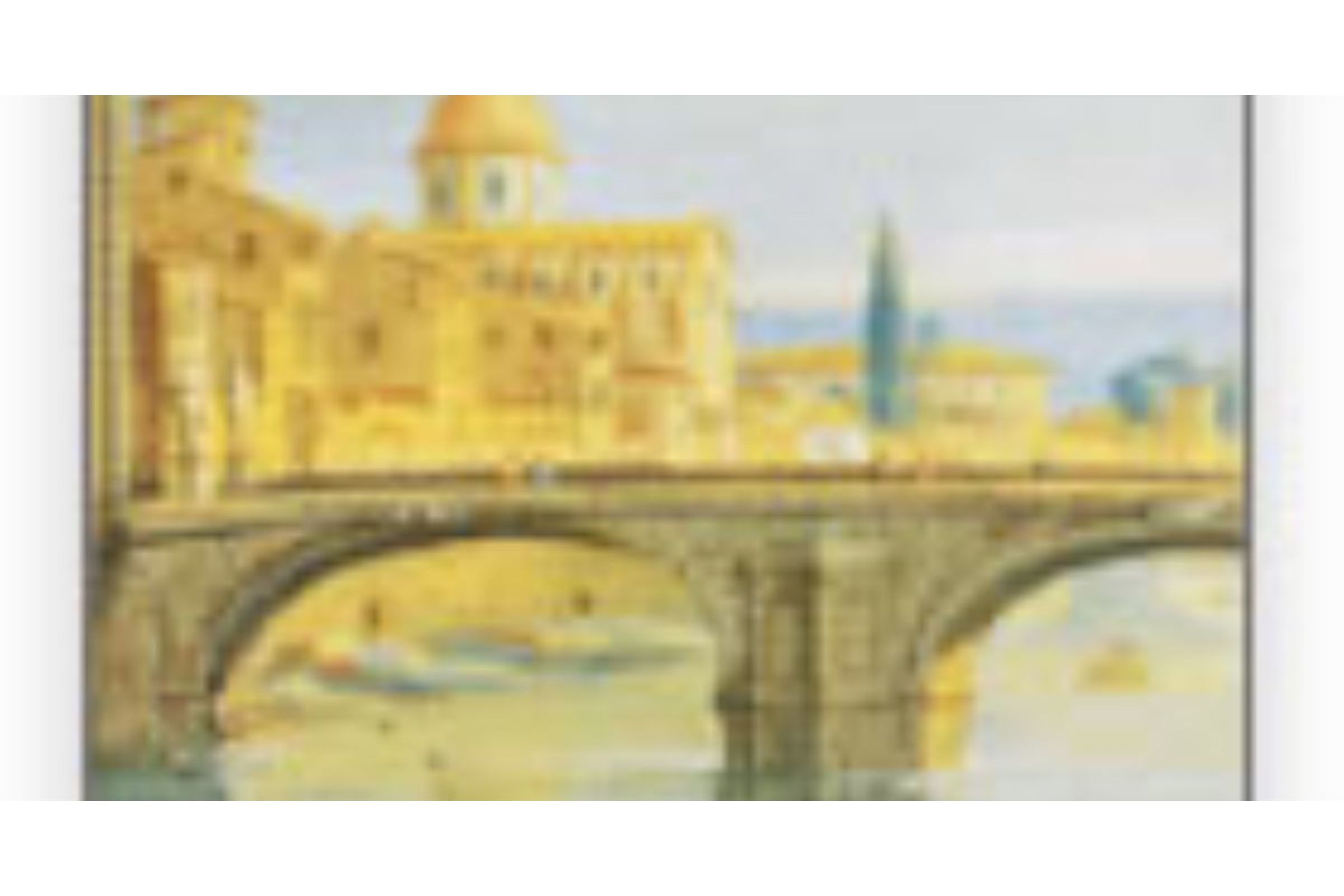A colony is established near Arno river not far from Fiesole, ancient Etruscan city, in the middle of the 1st century BC by veterans of war campaigns. It is referred to a few years later as Colonia Florentina - the flourishing colony.
Florence is well placed to flourish, a permanent bridge is built across the Arno situated on the main route down the centre of Italy, linking the northern plains to the seat of power in Rome,.
But the town's real expansion, at the expense of its neighbours, begins in the late Middle Ages. Fiesole is violently seized starting a process of expansion which absorbs the whole of Tuscany.
When Florence begins its territorial expansion, in the 12th century, the town - like many others in northern Italy - is governed as a republic .
The commune of Florence is in permanent turmoil between rival families for power; despite this the city grows prosperous and produces outstanding masterpieces of literature and art. Indeed this troubled city becomes the capital of the Renaissance..jpg)
Florence's internal feuds are more difficult than those of other Italian cities. There is the normal clash between the nobles , the merchants and craftsmen. This struggle is won by the merchants in 1282, when they approve a law restricting civic office to members of the guilds.
Meanwhile there is a struggle between the richer guilds and the lesser guilds, sometimes with the pressure from workers who are not allowed to join a guild.
One time ,and only during few days, the labourers are represented in the city's government ,a brief experiment in something approaching democracy, until the laws are revoked and Florence reverts to the commune's more normal oligarchy.
xx

